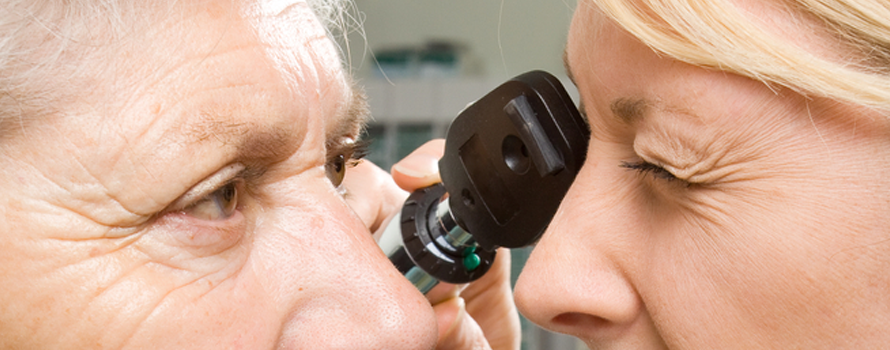
What are meibomian cysts?
Meibomian cysts may initially look like a stye in the eye, but both conditions are quite different.
A stye is an infected sebaceous gland, usually at the edge of the eyelid, which will burst of its own accord, releasing a small amount of pus and then clear up quite quickly.

Meibomian cysts, on the other hand, appear as slightly tender swellings on either the upper or lower eyelid, or on both. They occur when the small meibomian glands (of which there about 30 within the eyelids) become blocked, and they do not usually burst spontaneously. A meibomian cyst may also be known as a chalazion.
What causes them?
The eyelids contain about 30 tiny meibomian glands which lubricate the edge of the eyelid. When one of these glands becomes blocked, a meibomian cyst develops. Meibomian cysts are more likely to develop in people who have blepharitis (inflammation of the eyelids) and in those with skin conditions such as acne, rosacea or seborrhoeic dermatitis. ,
What causes the swelling?
The eyelids swell when a meiboiam cyst is present because the tiny meibomian glands are unable to release their secretions, due to blockage. These secretions normally help to lubricate the eye, and when this process is interfered with the eyelid swells up.
If the cyst becomes infected, the eyelid becomes more swollen, red and painful.
Is there any treatment?
About one third of meibomian cysts disappear without any treatment.
The most effective treatment for meibomian cysts is to bathe them with warm compresses about four or five times a day. This simple remedy will usually bring down the swelling and the cyst will gradually disappear.
An antibiotic eye ointment may be prescribed if there is an infection present.
Large, persistent or uncomfortable cysts can be surgically removed. This involves a minor surgical procedure carried out under local anaesthetic in which the cyst will be cut open to release the trapped secretions.
Can they be prevented?
For those who are prone to meibomian cysts, maintaining the highest standards of hygiene in their eye care is most important. The eyes should be gently washed on a regular basis (preferably morning and evening) with a saline solution of warm water.



